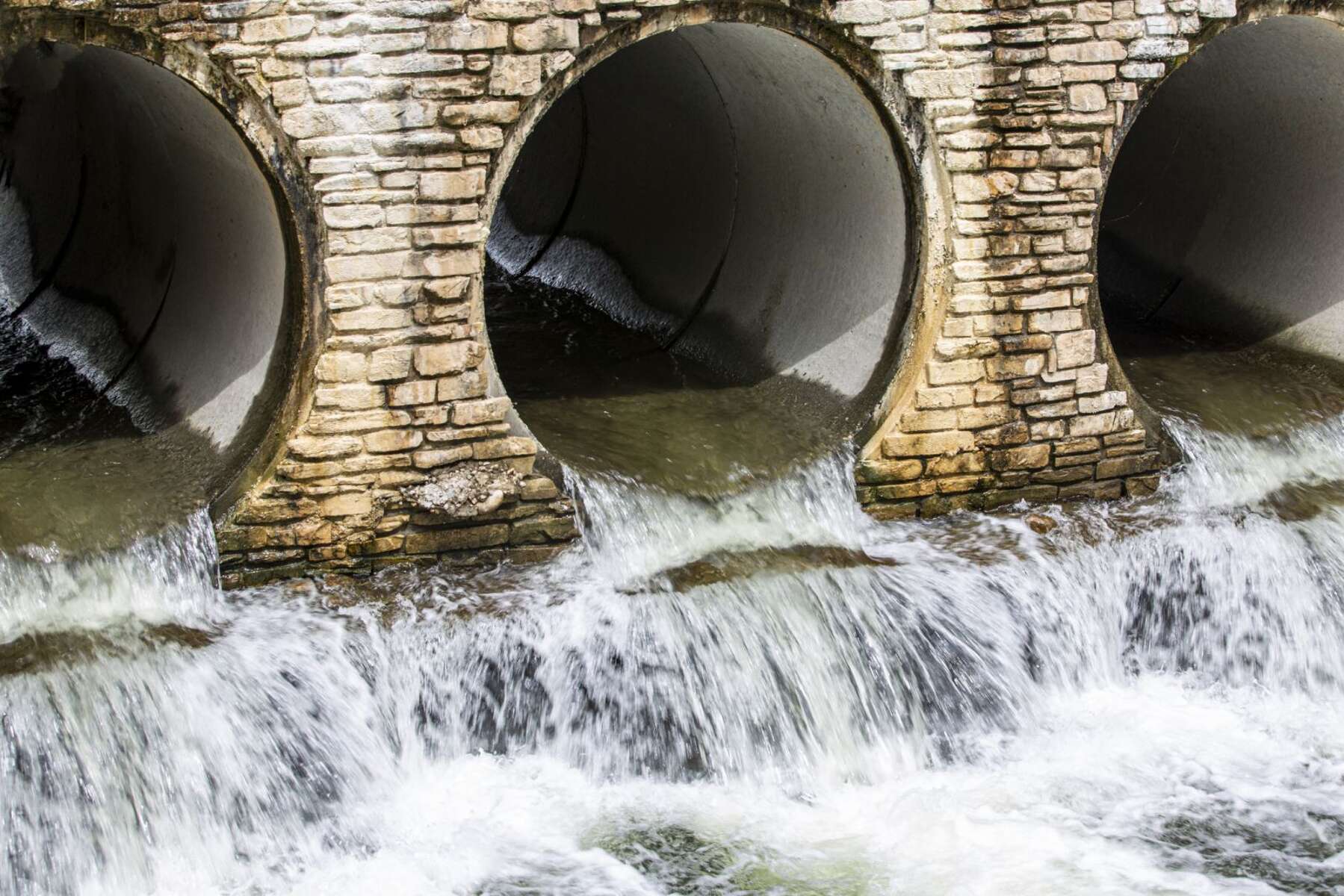
Pumping stations design guidelines – dos and dont’s
Rising sea levels, 100-year storms, increased effluent discharge from cities and industry: the need for good pumping station design is on the rise. We list common planning mistakes and share our comprehensive resources for successful pump station planning.
Rising sea levels, 100-year storms, increased effluent discharge from cities and industry: the need for good pumping station design is on the rise. We list common planning mistakes and share our comprehensive resources for successful pump station planning.
Form follows function
Pumping stations can be found wherever water is harnessed, managed and treated, from seawater intakes to stormwater and wastewater treatment systems. What goes into designing a good pumping station? The structural requirements are largely determined by the application, whether that’s buffering seawater, flood control or wastewater treatment. Alongside purely structural and mechanical considerations, it’s important to pay attention to hydraulic aspects such as fluid dynamics when planning and executing pumping stations.
For information on the pumps themselves, we recommend going straight to the source: OEM reference values like the geometry of the intake chamber, for example, are essential for planners. In fact, accurate pump dimensions are indispensable when it comes to establishing the main dimensions of your pumping station.
What’s more, knowing your pump data early on helps you go a step further. By incorporating the pump manufacturer's hydraulic and mechanical design specifications in the pumping station design, you will be able to ensure that the required performance is achieved and operating malfunctions are avoided
Common mistakes when designing pumping stations with submersible pumps
Understanding good pumping station design includes avoiding common mistakes. Fortunately, thanks to decades of experience, the industry has a robust body of criteria for unsatisfactory pumping station design. Here are some common mistakes to avoid at all costs. We’ve grouped them into geometry mistakes and hydraulic issues. Use them as a negative checklist for good pumping station design:
Geometric design mistakes that impact sump performance:
- Undersized control gates and valves
- Abrupt changes in flow direction (e.g. sharp corners)
- Submerged high-velocity flow areas (e.g. diffusers with an excessive angle of divergence)
- Stepped sump floor
- Weirs with no provision for dissipating the energy of the falling fluid
- Any design or operating mode which leads to asymmetric distribution of the flow in the sump
- Sump inlet above water level
The above points are problematic whether they occur individually or in combination. The results can include swirls at the pump inlet, air-entraining surface vortices, submerged vortices and transient flow conditions within the sump – all undesirable conditions which should be avoided.
Hydraulic conditions to avoid when designing a pumping station:
- Jets (high-velocity flows) discharging into stagnant or slowly moving fluids (as these form large, transient eddies as downstream wakes)
- Areas of separated flow and transient flow
- High-velocity flows (v > 2 m/s)
- Large surface waves
- Free-falling fluids
Now that we have covered the “dont's” of good pumping station design, let’s move on to the “dos” – along with our comprehensive resources to help you get started.
Good pumping station design – best practices by KSB
Avoiding the conditions and common mistakes described above will already go a long way toward ensuring smooth pump operation. We also offer comprehensive planning support in the form of KSB Know-how booklets for consultants and operators. Get in-depth planning parameters, configuration and installation tips, layout guidance and more.
Not sure which pump to choose? Try our interactive KSB HELPS PumpSelection tool which will help find the best pump for your needs and application. In addition, our type series booklets and CAD files provide a solid basis for designing and sizing pumping stations.
The KSB bonus: customized pumping station solutions
If your situation does not permit standard intake structures, or the conditions in your pumping station do not correspond with the above-mentioned layouts, we invite you to contact our specialists for further support. Take advantage of KSB's expertise in computational fluid dynamics (CFD), simulations and model tests to find the design solution that works for your pumping station. Precisely dimensioned baffling and specially dimensioned intake chambers are just two possibilities for optimizing the approach flow to the pump. We have a strong track record of successful designs in this field.
Contact KSB Inc(opens in a new tab) for further assistance and support.
CFD simulation of pumping station with several pumps
Acrylic model of a pumping station with Amacan P pumps
Used products
Amacan K
Wet-installed submersible motor pump for installation in discharge tubes, with channel impeller, single-stage, single-entry. ATEX-compliant version available.
AmaCan P
Wet-installed submersible motor pump for installation in discharge tubes, with axial propeller in ECB design, single-stage, single-entry. ATEX-compliant version available.
Amacan S
Wet-installed submersible motor pump for installation in discharge tubes, with mixed flow impeller, single-stage. ATEX-compliant version available.